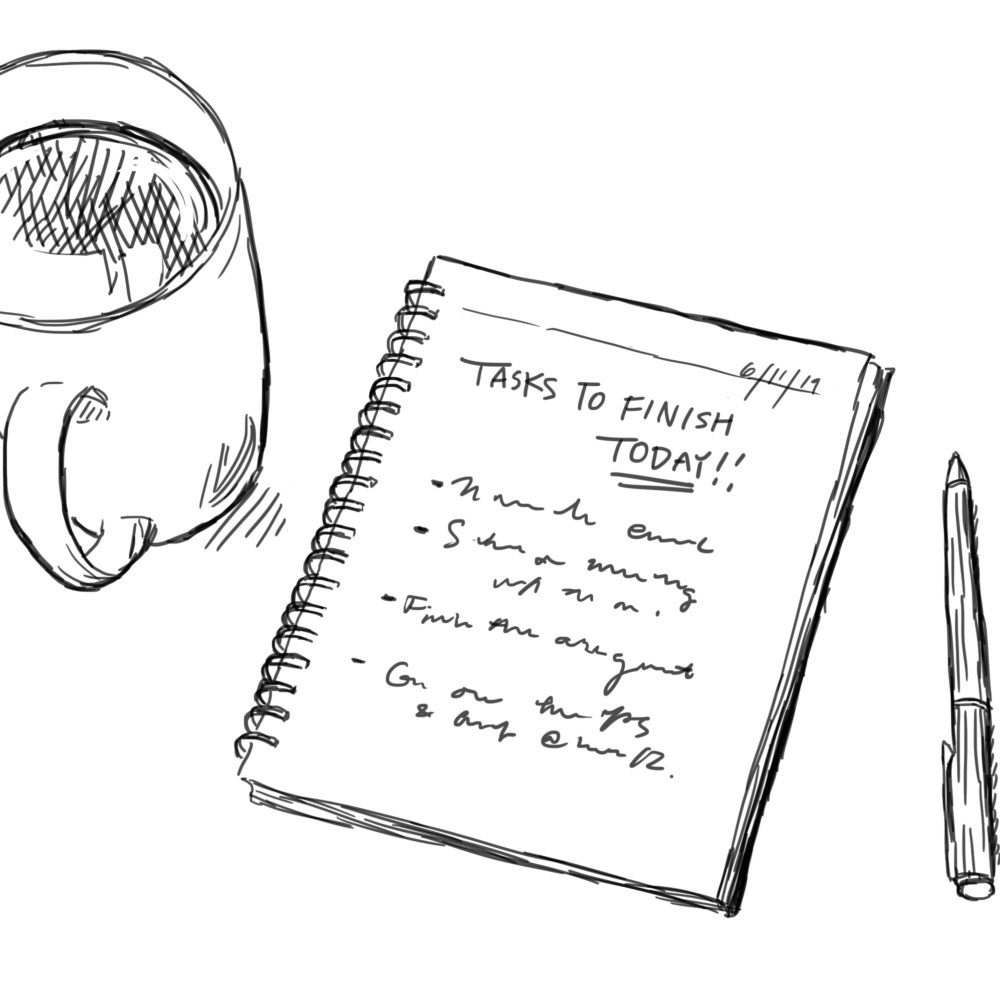
To read first what video games can teach us about productivity, click here.
What is the MDA Framework?
The MDA framework was developed by Robin Hunicke, Marc LeBlanc, Robert Zubek, as a way to define a clear way we can approach engaging video game design.
MDA stands for Mechanics, Dynamics, and Aesthetics. Each of these terms correspond to a component of a game:
- Mechanics = Rules of the game
- Dynamics = How the game is played
- Aesthetics = Feelings we should have while playing the game
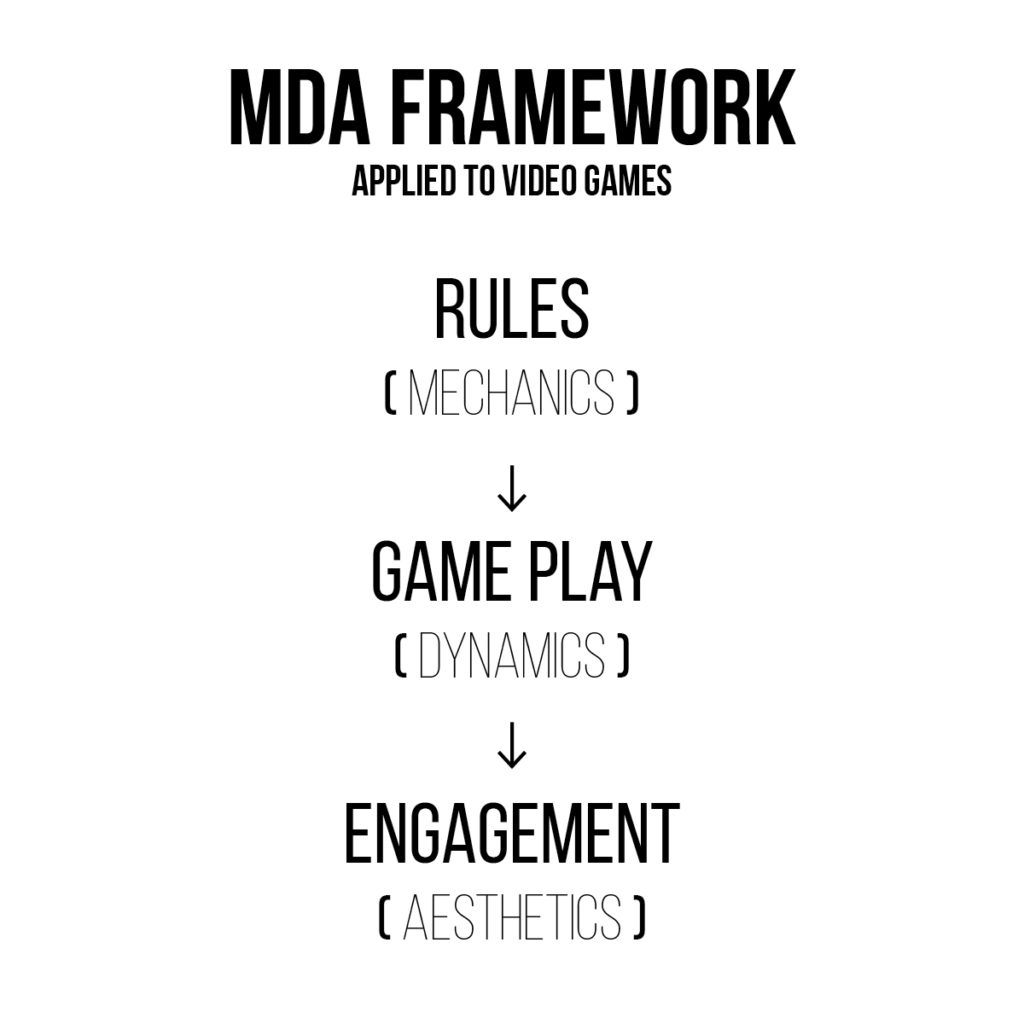
Game designers will establish the rules and boundaries of a game (mechanics) to create a certain sort of playing environment (dynamics) which will invoke certain feelings, such as fun or thrill, in the player (aesthetics).
If you’re a bit confused, here’s a clearer example:
In Mario Kart, the Mario-themed car racing game, there is a tool called a blue shell which has the power to blast away whoever is in first place. Players who have played Mario Kart before know of this special weapon, so they may strategize by staying in close 2nd place until the very end, to avoid being targeted by the blue shell. In this case, the mechanic is the blue shell, the dynamic is trailing close behind 1st, and the aesthetic is the feeling of frustration we would have as player one, and the feeling of schadenfreude (new favorite word: satisfaction from another’s misfortune) as a player behind them.
To apply these principles to motivation, we should focus on what we can tweak to the mechanics to produce desirable aesthetics, and create a better system of work to combat procrastination.
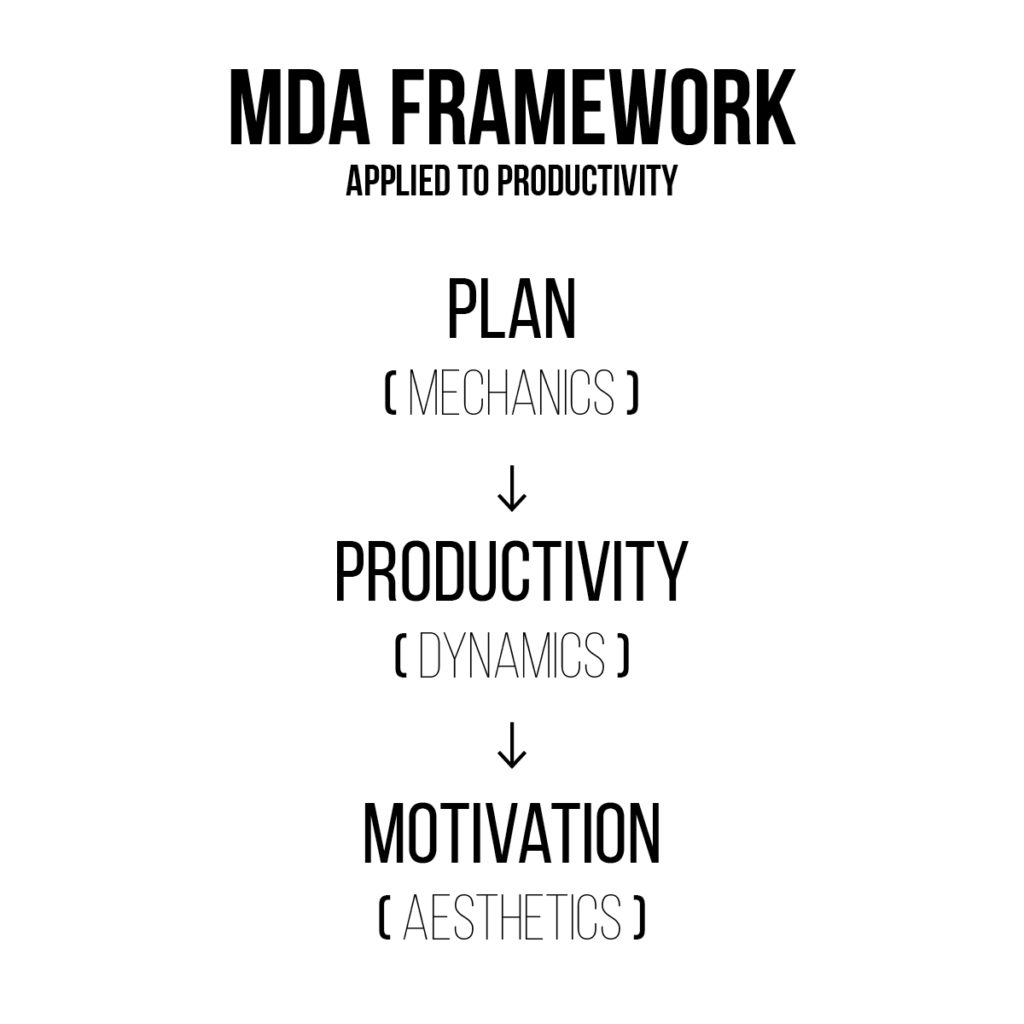
To understand what this means to you, it is helpful to familiarize yourself with the two kinds of tasks we tend to procrastinate with.
The two kinds of tasks we procrastinate with:
Have-To-Dos:
- These are tasks usually forced onto us, and tend to be mundane in nature. They usually have deadlines, make us panic, and can cause us to suffer from dread and anxiety. Consequences of incompletion include, but are not limited to, getting yelled at by superiors, being criticized by your parents, or feeling frustrated for submitting sub-par and incomplete work. We all have different reactions to these potential consequences.
- None of these reactions are preferable, as all of these scenarios lead us to anxiety, exhaustion, and we are left feeling jaded.
- These kinds of tasks are lacking in Aesthetics.
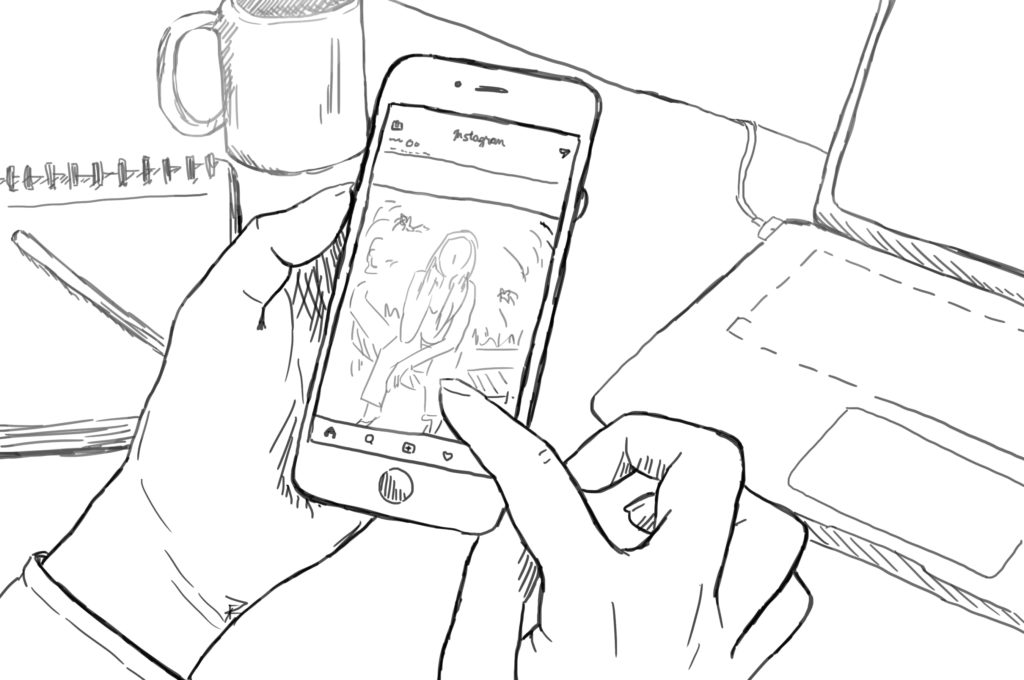
Want-To-Dos:
- These are tasks that are not forced onto us, but things that are important to pursue for ourselves if we are to live a fulfilling and meaningful life. Some common Want-To-Dos include becoming physically fit, reading more books, starting your own business, traveling, or becoming fluent in another language. Consequences of incompletion include “nothing”, as in there is no anxiety or stress in getting it done. But these goals make our lives richer, allow us to experience what life has to offer, and ultimately make us a lot happier by challenging our full potential.
- These kinds of tasks are lacking in Mechanics.
*terms are borrowed from Tim Urban, master procrastinator
Why Have-To-Dos Make Us Procrastinate
Have you ever downloaded a new calendar or to-do list app on your phone? You saw that it had great reviews on the App store, and it seemed like this was going to be the magic tool that would solve all your tendencies for distraction. You wrote everything you had to do on it, did the typical “break down daunting tasks into small, manageable actions”, set a time limit, chose the perfect location to work, and made yourself a cup of coffee to ready yourself.
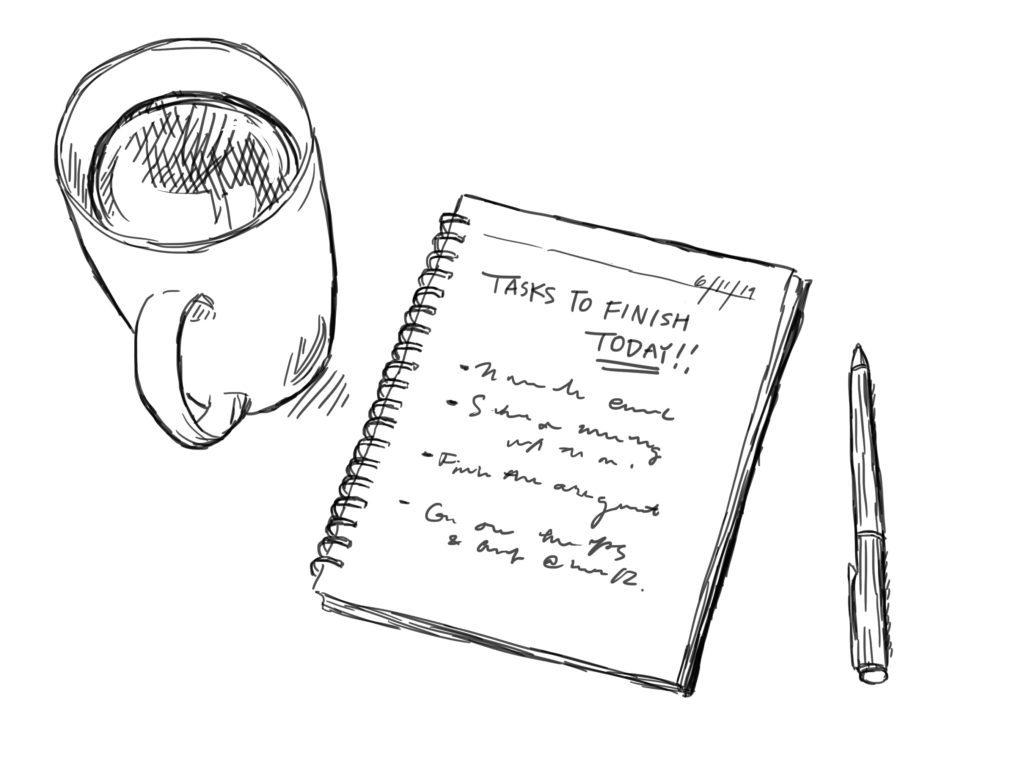
But did it work?
The good thing about Have-To-Do tasks is that they have great mechanics. These tasks are very easy to plan for, tend to be deadlined, and have clear guidelines as to what needs to be done.The truth is, procrastinators actually love to plan for these tasks. Creating a schedule is not the problem. Procrastination doesn’t stem from a lack of organization or laziness, because if that were the case, procrastinators wouldn’t have trouble following through. What tends to be the case is that procrastinators will have their space set up, they’ll sit down with a pencil in hand, and then dread sets in– because no matter how chopped up it is, the arduous task still exists.
And so what do you do when you feel unmotivated and lethargic from just thinking about the task at hand? You open your phone. You scroll through Instagram. You open Youtube and go on a deep dive. You stand up and go to the kitchen and wash the dishes. “Once my headspace is relaxed, I’ll feel better, and then I can work.”
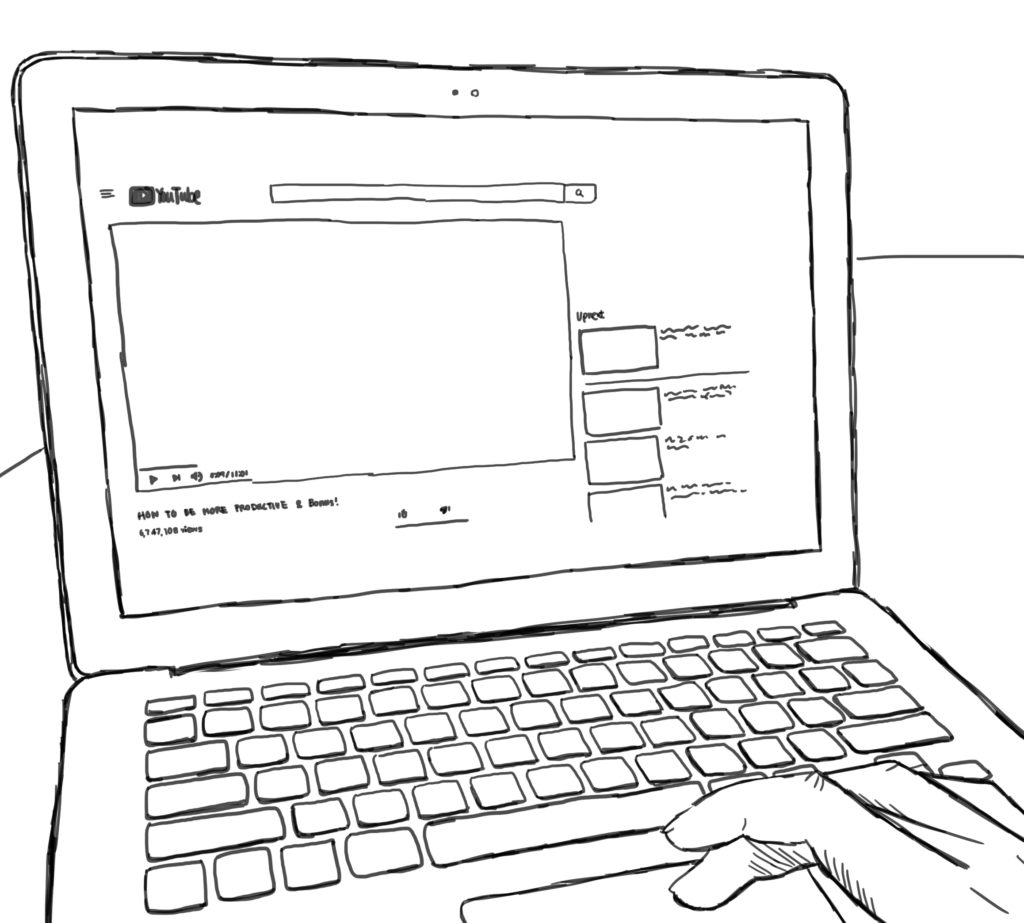
But that feeling of relief never comes. Instead, the stress of the assigned task floats around in the back of your mind as you try not to think about it, making you even more anxious. Once you finish whatever you distracted yourself with, you now realize you feel even worse, and decide that you need to relax yourself again with something else. And then you find yourself spending 5 hours finishing half of the work you told yourself you would finish in an hour.
We get distracted because we hate the feeling of doing our work that we have to do. Have-To-Dos lack in aesthetics, which lead to poor dynamics– meaning, our feelings toward Have-To-Dos are comprised of negative thoughts like dread and anxiety, which cause us to stress and fear completing these tasks. So instead we choose to procrastinate and complete unimportant activities that make us feel better. We know that completing the assigned work is the reasonable choice that will benefit us, but these feelings never seem to outweigh the relief we get from distracting ourselves.
Why Want-To-Dos Make Us Procrastinate
Want-To-Dos lack in mechanics, rather than aesthetics, which lead to poor dynamics. Meaning, thinking and dreaming of our Want-To-Dos is fun, gets us excited, and inspires us, but we tend to have no clear vision of how to get there, which is why we procrastinate these goals off.
The uncertainty of what to do and no clear direction of what will help us move forward causes our inner mentality for success to weaken. Often times we will feel motivated for a few days but then give up. This feeling is so strong that sometimes we’ll pretend that we never even wanted it in the first place, and that our initial desire never even existed.
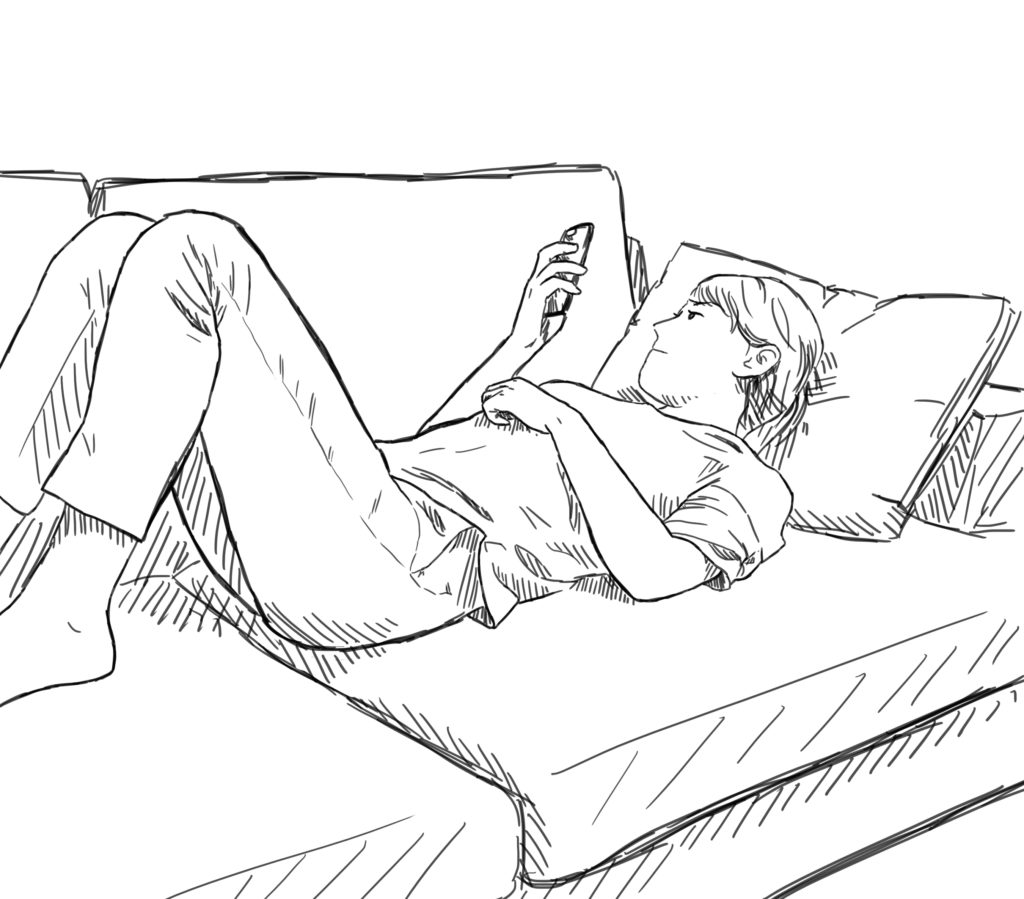
We like to convince ourselves of being ‘fine’ when struggle settles in our mind. For example, let’s say we have a strong desire to help abandoned dogs. We recognize that there is a huge puppy mill problem in our city and we want to change the way people view pet adoption and raise awareness about the unethical practices of pet stores. But how do we start? Let’s say you try volunteering at a shelter, but all you do is pick up poop and walk the dogs sometimes. You ask what else you can do and the shelter tells you they need more donations, but you have no idea how to raise it. Do you do a bake sale? Will people help you? Are you allowed to sell at your workplace or do you need permission from administration?
So you come up with reasons not to pursue something that might not work. Common answers include “I’m not qualified”, “I have other responsibilities to tend to first”, “Someone else would do a better job that I can”. Not to say that none of these reasons are valid, but you can understand how easy it is to abandon your Want-To-Dos.
We must set clear mechanics, which are rules and systems that will keep our task boundaries narrow enough that we can construct a clear vision of what we want, what we need to do, and when to complete it, if we are to achieve our goals.
Rules and challenges are not the enemy of productivity; they can actually increase our motivation for progress. What we actually need for Want-To-Do tasks are boundaries so we don’t feel overwhelmed by the tasks that lie ahead of us. Challenge can be difficult, frustrating, risky, and annoying, but overcoming these difficulties is ultimately what makes us feel satisfied and accomplished. Our Want-To-Do tasks may even become Have-To-Do tasks, but with the proper aesthetics in place, that you really want what you’re striving for, then the challenge to get there will ultimately be very fun.
Conclusion
To summarize, here are the key points I hope you take home at the end of my 2-part procrastination series:
3 Key Components to motivation:
- Some challenge
- Purpose
- Some control over your own fate
MDA Framework:
- MDA stands for Mechanics, Dynamics, and Aesthetics. Game designers will establish the rules and boundaries of a game (mechanics) to create a certain sort of playing environment (dynamics) which will invoke certain feelings, such as fun or thrill, in the player (aesthetics).
There are two kinds of tasks we procrastinate with: Have-To-Dos and Want-To-Dos
- Have-To-Dos lack in aesthetics, which lead to poor dynamics– meaning, our feelings toward Have-To-Dos are comprised of negative thoughts like dread and anxiety, which cause us to stress and fear completing these tasks, so we procrastinate and instead choose unimportant activities that make us feel better.
- To combat Have-To-Dos, we need to change the aesthetics of these tasks, to stop associating feelings of dread with them.
- Want-To-Dos lack in mechanics. We must set clear rules and systems that will keep our task boundaries narrow enough that we can construct a clear vision of what we want, what we need to do, and when to complete it, if we are to achieve our goals. Rules and challenges are not the enemy of productivity; they can actually increase our motivation for progress.
- To combat Want-To-Dos, we need to change the mechanics of these tasks, so we feel less overwhelmed and stay on path to our goals.
Using video game design to optimize for productivity and motivation, this framework can help us structure our thinking to prioritize, make decisions, and find meaning in challenging ourselves— and in turn will help us produce our best work, attract amazing opportunities, and bring exciting adventures into our own lives.

In the following weeks I’ll be working on writing articles that describes more concrete ways you can change the aesthetics of doing Have-To-Do work and mechanics of Want-To-Work! In the meantime…
If this article was any use to you, please email me at kokumura@kakikata.space! I love hearing from individuals, learning from them, and the personal stories people have to share. I reply to every single email I get, and want nothing more than to support those who are looking for a bit of guidance and ways to help themselves.
With care,
Kaki